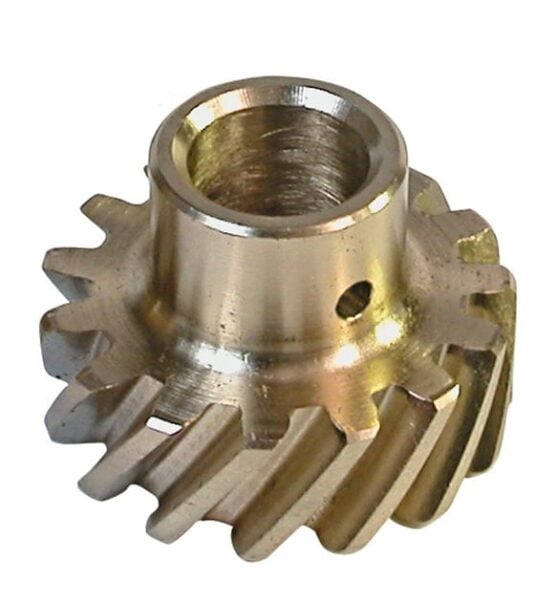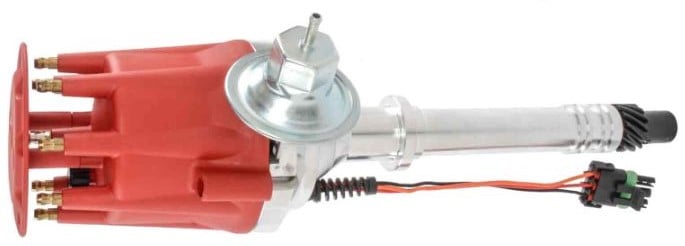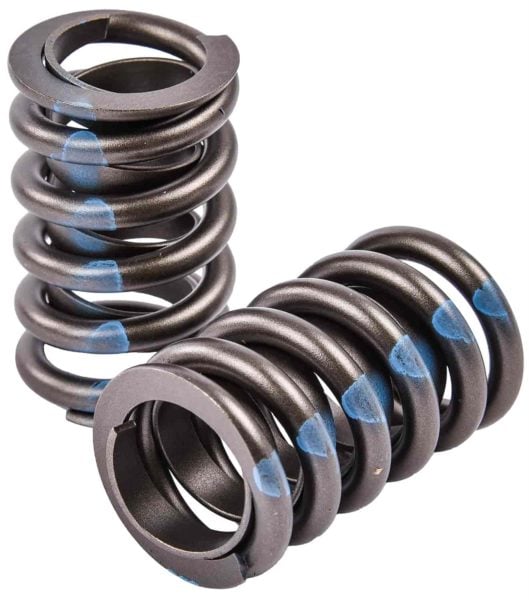Sign up now to join the JEGS email newsletter and be the first to learn about new products, special deals and e-mail only offers!


As an enthusiast, you're bound to encounter a camshaft at some point in your automotive performance enhancing journey. A critical piece of componentry for your engine, the camshaft is an extremely basic yet important piece of equipment. In this article, we’ll take you through what is a camshaft, the intake and exhaust camshaft specifications, and how to read a cam card.
Are you looking for an upgraded or aftermarket camshaft for your engine? Don’t fret; we at JEGS can assist. We’ve got plenty of experience with almost all the major engines out there, and even if it’s something lesser known, there’s bound to be someone in our community who can help you eke out some extra horses from it. Just get in touch with our team or hit up our website, and we’ll sort you out.
Let’s go back to basics. Your engine takes in air and fuel, combusts it to create power that will turn the crankshaft, and belches out spent gases as exhaust. For this to happen, air and fuel must be admitted into the cylinders at the right time, and expelled at the right time after combustion. This is done via valves.
Note that with carbureted engines and some fuel injection systems, air and fuel are mixed together before they enter the cylinders, while direct injection systems directly inject the atomized fuel into the cylinders. So, for air, or an air and fuel mixture to enter the cylinders, it must be admitted at the right time by the intake valves. Similarly, for exhaust gases to be pushed out of the cylinders, the relevant exhaust valves must be opened at the right time to evacuate the cylinders of gases.
This is what the camshaft does, as a simple rotating rod with ramped shaped protrusions ground on it called lobes on it. As the camshaft rotates, the lobes, which are set at pre-set angles push on the relevant valves and open them at the right time. A single cam engine uses a single camshaft to actuate the intake and exhaust valves, while a twin cam engine uses two camshafts, typically one for intake valves and one for exhaust valves.
If you’re wondering about VVT, VTEC, NEO-VVL, Variocam, or any other variable valve timing systems, they use various mechanisms to control cam lift, timing, duration, and other parameters. This alone is content for another article so we won’t delve any further into these technologies here.
Suffice to say, the camshaft is critical for your engine’s proper performance, and a broken or malfunctioning camshaft can potentially ruin your engine, particularly if it’s an interference-type design. Interference-type means that the valves open into the same space that the piston would occupy at the top of its stroke. Therefore, timing is critical to ensure that the piston has cleared this area before the valves fully open, and that the valves have fully closed before the piston reaches this area again.
You can imagine what will happen, then, if the timing is off, as can happen if a timing belt breaks or a timing chain slips. The piston and the valve will impact each other, typically breaking the valve at the stem, and causing damage to the piston. This can be a costly repair as it necessitates an engine teardown, inspection, and some degree of rebuilding.
Sign up now to join the JEGS email newsletter and be the first to learn about new products, special deals and e-mail only offers!

When you’re replacing your factory camshaft with an aftermarket one that has different characteristics, a camshaft timing card is critical to determine the operating characteristics of your new camshaft, and ensure that your engine operates properly with it. Remember that the camshaft is a critical component that can cause major issues as described above if it isn’t functioning properly, or has been mismatched to your particular engine.

So, how do you read a cam card? There are a few things that you need to look out for.
| Camshaft Type | Distributor Gear |
|---|---|
| Cast Iron Hydraulic or Solid Flat Tappet Cam | Cast Iron Gear Composite Gear |
| Austempered Ductile Iron Hydraulic or Solid Roller or Nitrided Cam | Melonized / Hardened Steel Gear Composite Gear |
| Billet Steel Hydraulic or Solid Roller Cam | Bronze Gear Composite Gear |
Do you want to find all your performance parts under one roof or website? That’s just what JEGS offers. When our founder Jeg Coughlin couldn’t find what he was looking for in 1960, he founded JEGS to ensure that enthusiasts never had to face what he did. Today, JEGS is managed by the second generation of the Coughlin family and satisfies the performance needs of thousands of enthusiasts nationwide. Join them, as you’ll receive friendly expert advice, great prices, any applicable warranties and excellent after-sales service.



